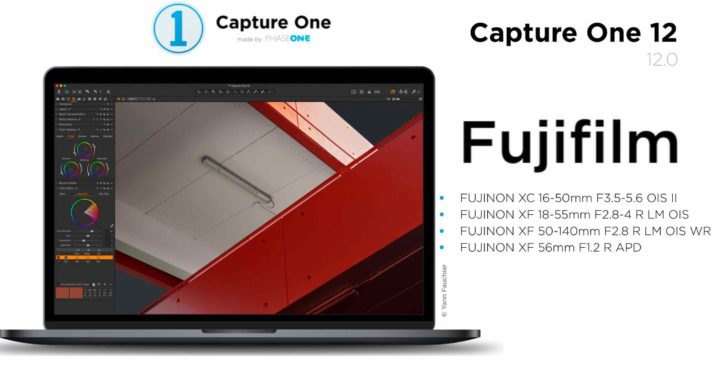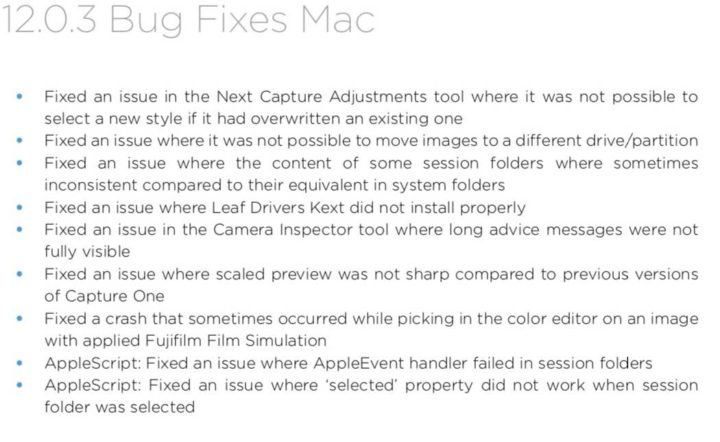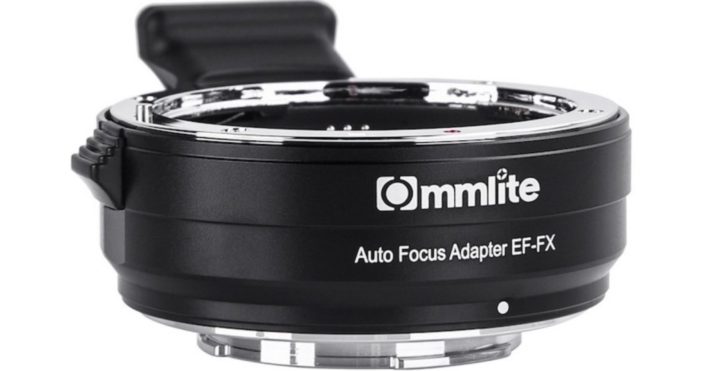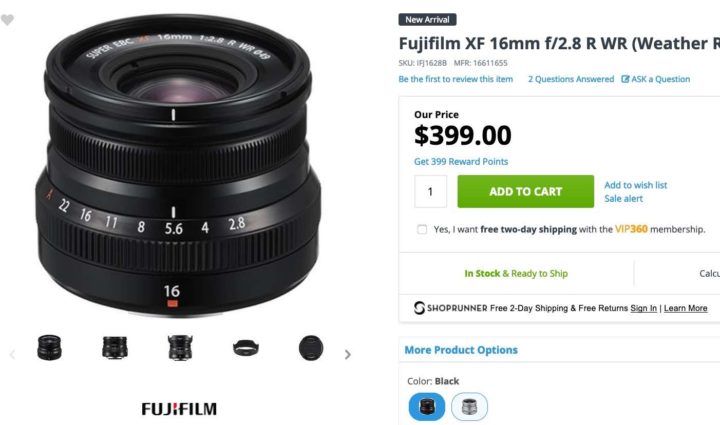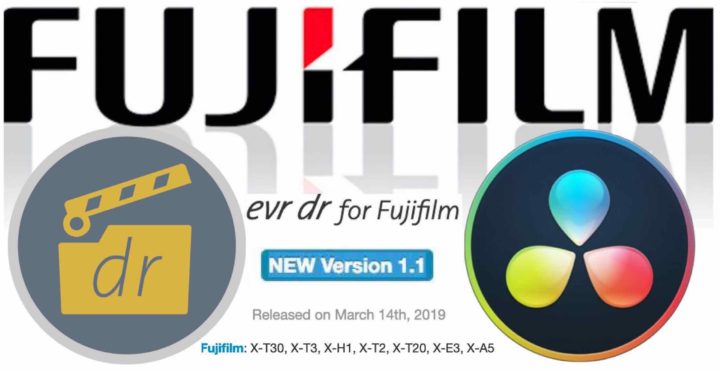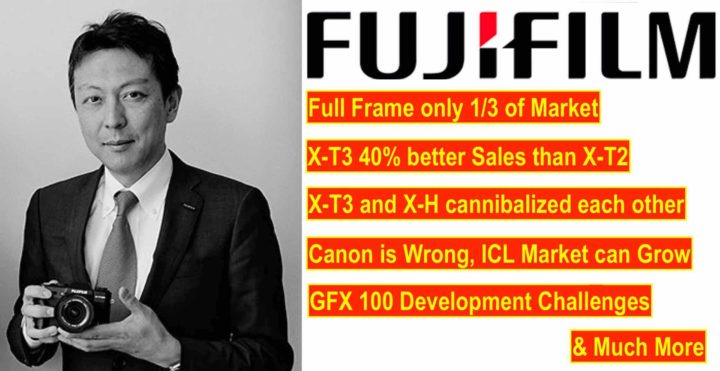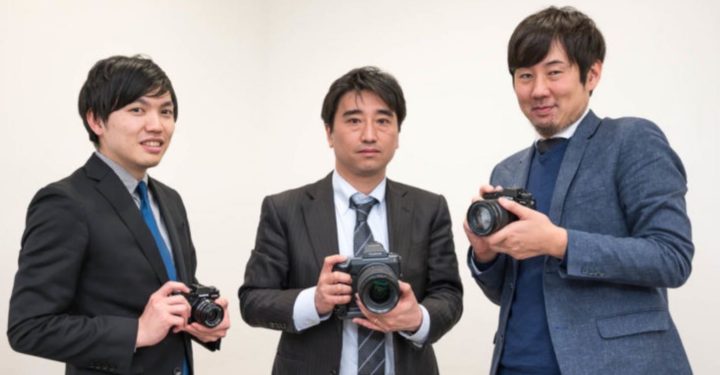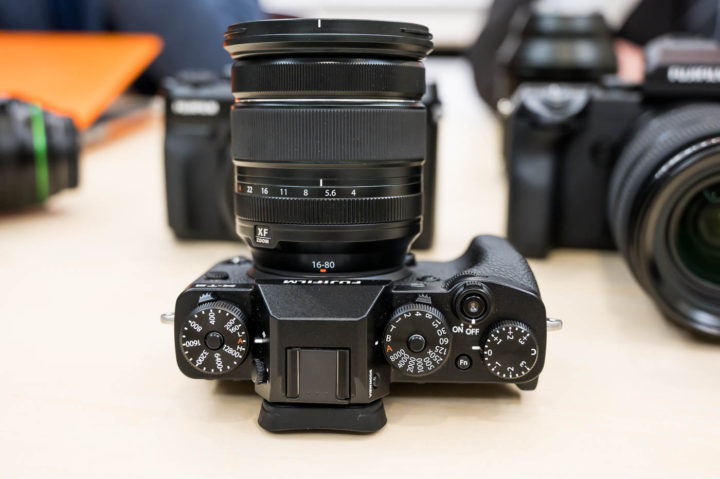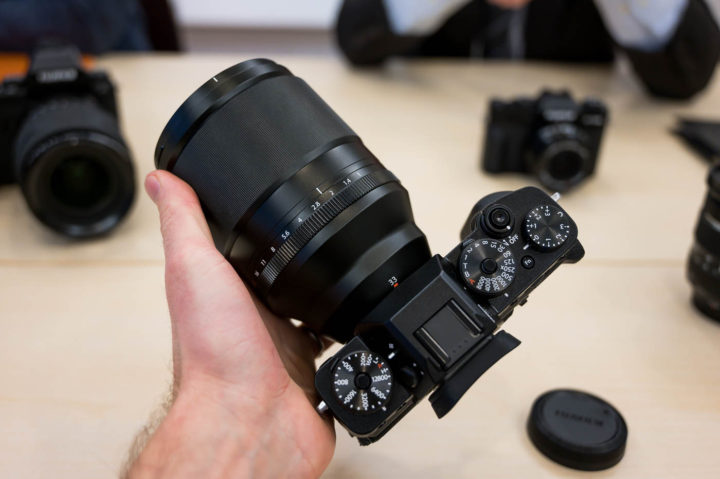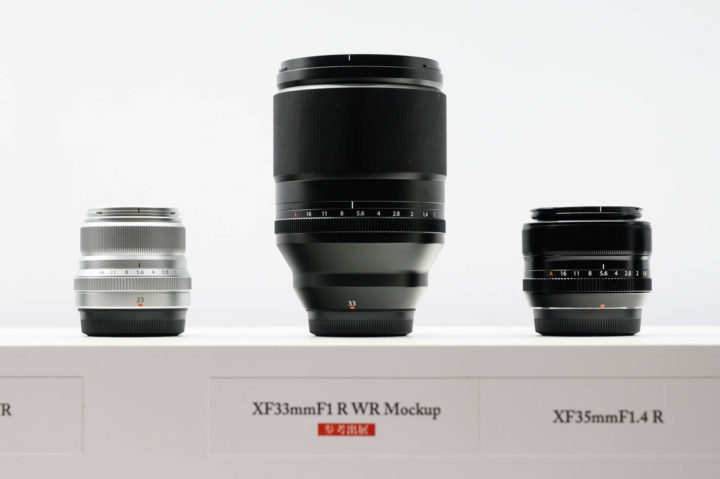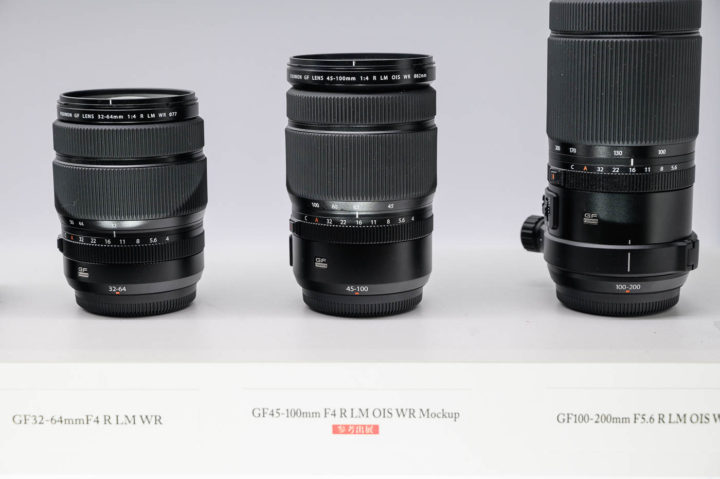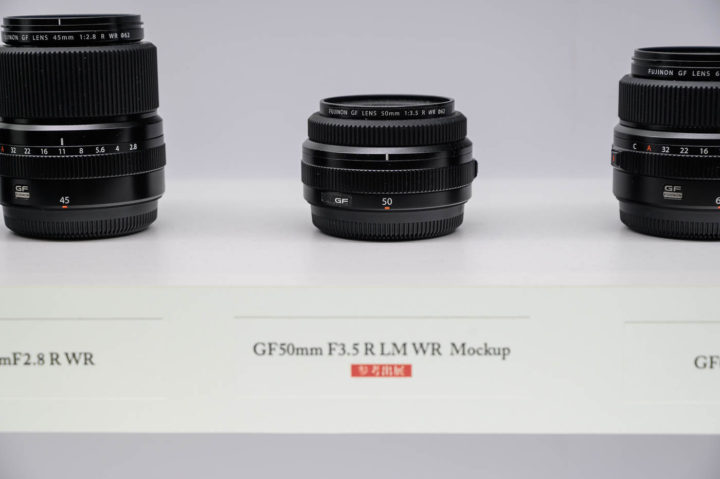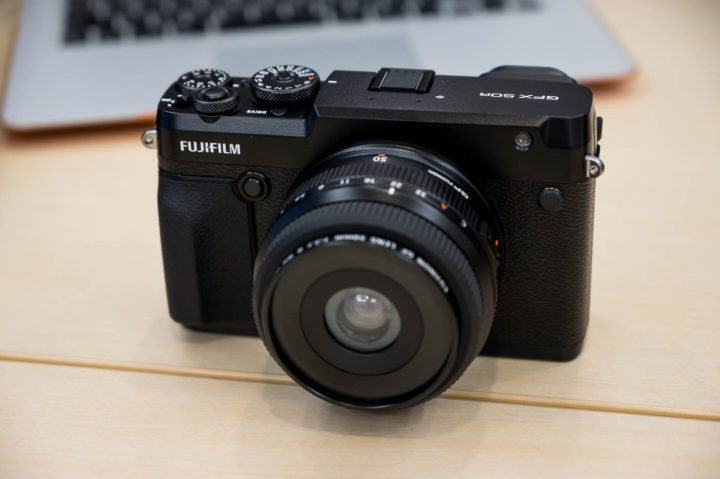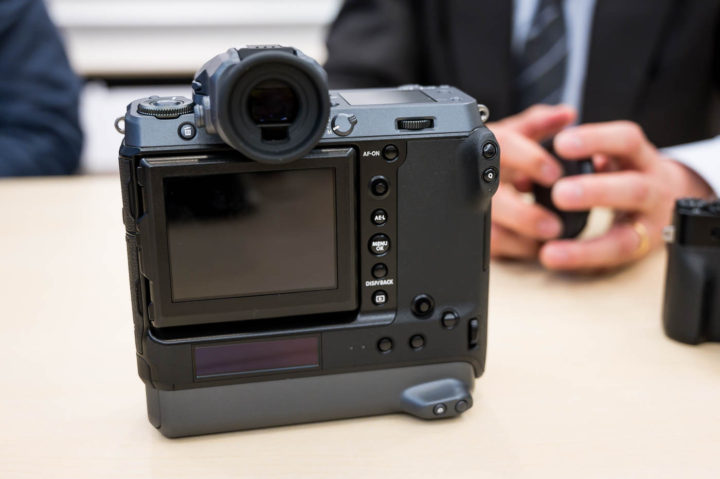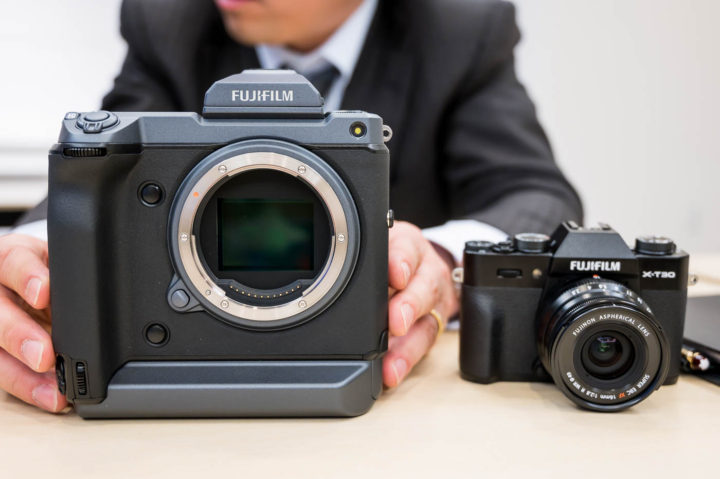Fujinon XF 33mm f1.0 and XF 16-80mm f4 Hands On Video
At Photoforum 2019 in Moscow, a Russian youtuber went hands on with the Fujinon XF 33mm f/1.0 R WR and XF 16-80mm f/4.
The youtuber had a chat with the Fuji rep, that the automatic google translation tool has a hard time to tranlsate, so if any Russian FR-reader has some spare time to do something good for the FR-community, feel free to drop your translation in the comments down below.
Until then, all I could get is that apparently the youtuber, after handling the XF33mm f/1.0, says:
- “it feels like around 800g weight“.
Update with translation by FR reader - 33/1.0 dummy represents weight and size for now. Guess it will be pretty expensive. Awaiting next year
- 16-80 will be affordable lens with extendable barrel (dummy shows folded state only). Also said that 16-80 will be lightweight lens for travellers and videographers
Of course the unit shown is just a dummy (the lens is on the roadmap for 2020), but dummies are usually accurate representations of the lens in terms of size, look and weight.
With that said, it’s still a long way, so there might be changes in size and weight until the final Fujinon XF33mm f/1.0 hits the market in 2020, and dummies we see later on this year might look different than the early ones we see now.
Regarding the Fujinon XF 16-80mm f/4, I remind you that Fujifilm said it will come this fall.
Check out the video above, which will skip the initial part of X-T30 and 16/2.8 introduction and jump straight to the XF33mmF1 and XF16-80mmF4.
Rumors & Community
- Fujifilm GFX User Group
- Fujifilm X-T User Group
- Fujifilm X-H User Group
- Fujifilm X-E User Group
- Fujifilm X-Pro User Group
- Fujifilm X100 line Group
Stay in the Loop
Fujinon XF 33mm f/1.0 Resources


